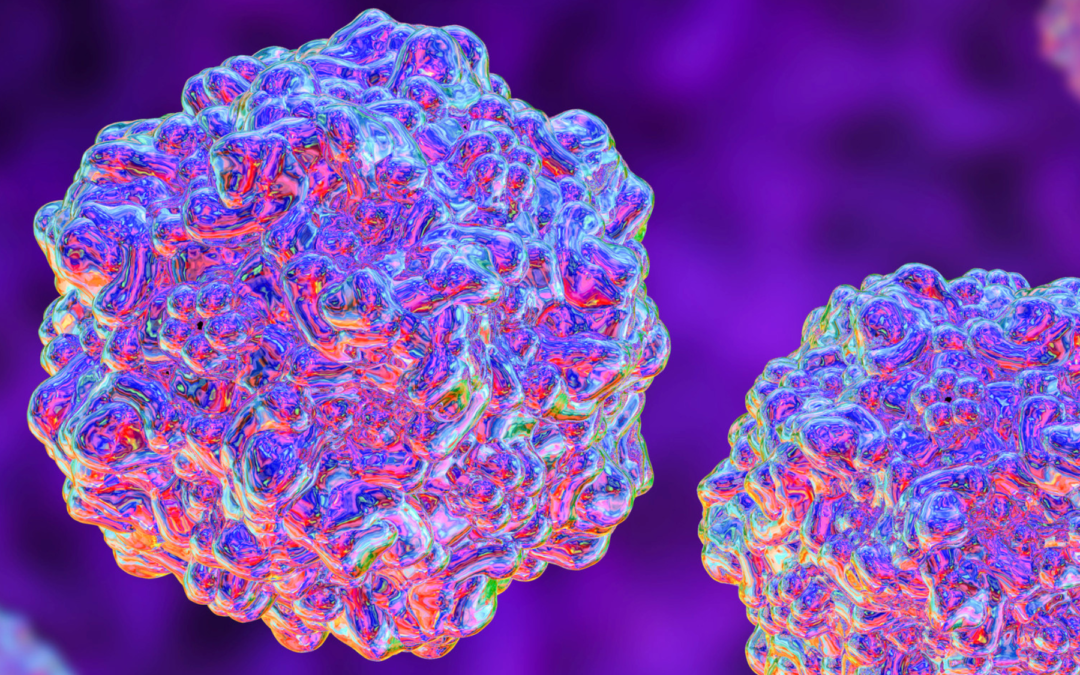Antimicrobial Stewardship: Safeguarding Antimicrobial Drug Use
By: Darren Houser CVT
When we think of “Antimicrobials”, to the general public this could mean “antibiotics”. While it is true that antibiotics are antimicrobials, not all antimicrobials are antibiotics. As a definition, antimicrobials are “Products that kill or curb the growth of microorganisms”. We can infer that “microorganisms” is the broad term to describe bacteria, fungi, parasites, viruses, and so on. The term “antimicrobial stewardship” refers to the steps taken to preserve the effectiveness and availability of antimicrobial drugs. As medical professionals, veterinary practitioners take on this responsibility alongside human medical professionals.
Terminology aside, we move to the “why is this important”. When we think of the vast world of medications that are available, we know that these medications treat or alleviate conditions, diseases, or symptoms of these conditions. What is seen with antimicrobial resistance is that the microorganisms are exposed to these substances and then adapt and change. Once adaptation starts and resistance forms, it can rapidly become part of their resistance mechanism for the population of microorganisms. MRSA (Methicillin resistant Staphylococcus aureus), often described as a “super bug” due to its high resistance to a multitude of antibiotic medications. This is a bacteria that is responsible for a variety of skin infections in the normal day to day world, and, in hospital settings, can be responsible for severe infections. This serves as an example of why antimicrobial stewardship is important. So, how do we safeguard and preserve these medications?
Through conscious and evidence based use of antimicrobial medications, medical professionals are able to safeguard their use. This highlights the importance of diagnostic procedures and monitoring responses to medications. In the veterinary world, we unfortunately do not have the ability to speak to and understand our patients: telling us what they are feeling and where they are hurting. However, they can tell us a lot through diagnostics, the accounts of their pet parents, and physical examination. The evidence from diagnostics, the description of the symptoms, and exam findings play a role in guiding treatment plans of veterinary professionals.
Keeping the world of antimicrobial drugs available and effective is the job of all medical professionals, animal and human alike. Through conscious oversight and evidence-based treatment plans, veterinary professionals act as guards, preventing the rise of antimicrobial resistance. While this does mean changing how some conditions are treated, we keep the well being of our patients as a top priority and aim to continue practicing top quality medicine.

